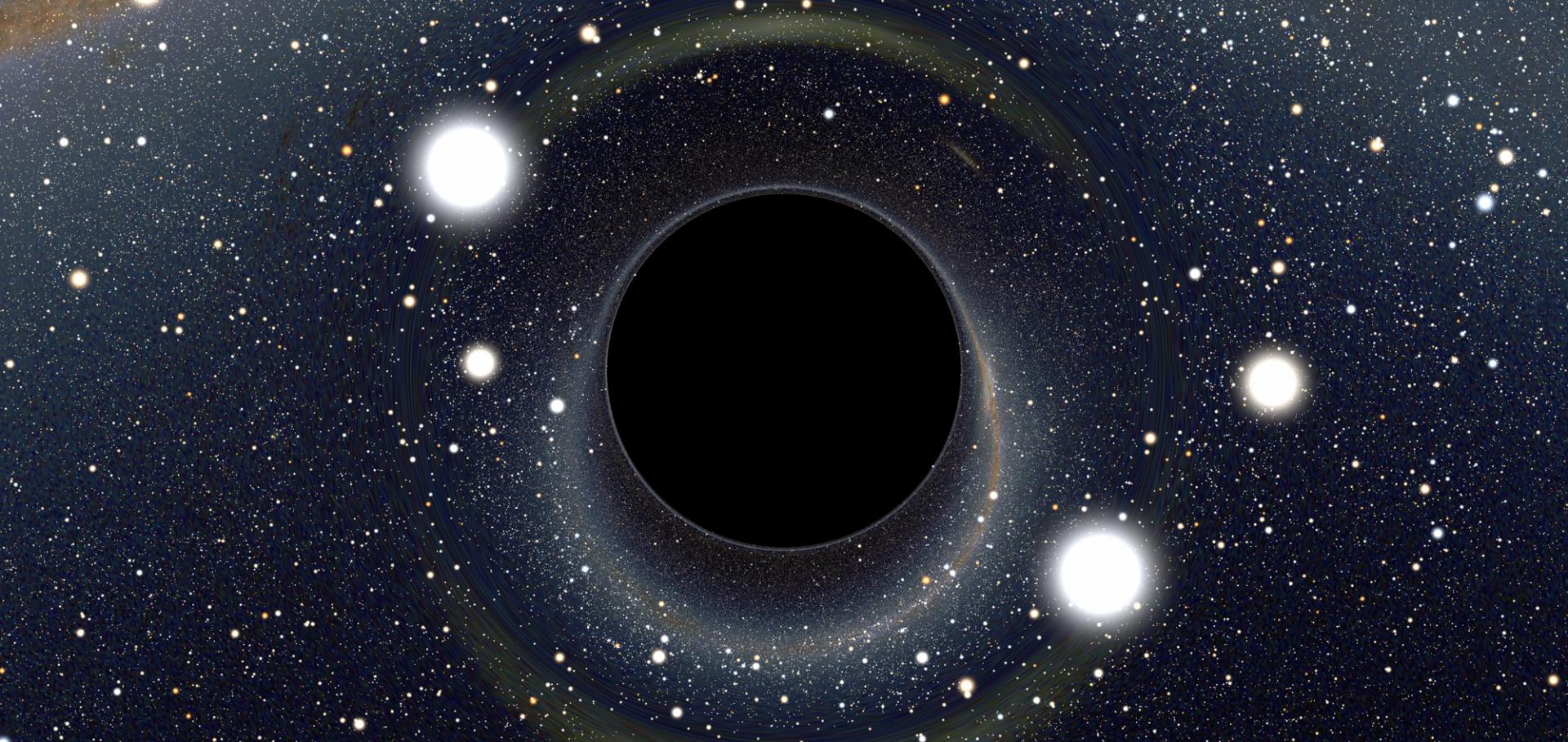Experimental Investigation of a Low-Cost, High Performance Focal-Plane Horn Array
Josephson pair tunnelling influence on the performance of an SIS mixer near its superconducting gap
Abstract:
We report the investigation of the influence of Josephson pair tunnelling on the sensitivity of an SIS mixer near the superconducting gap of niobium. Hot and cold load measurements were carried out from 600 GHz to 700 GHz, without completely supressing the Josephson effect. We have noticed that when measurements were made at bias points near the first Shapiro step, significantly higher values of Y-factor could be obtained with magnetic field strengths that made the Shapiro step sharper, rather then those that supressed the step. This resulted in a significant improvement in noise temperature of the mixer at those bias points. This observation is important for SIS mixers operating at frequencies near or above gap frequency (ωgap) because the warping of the second negative photon step to the positive display side, narrowing down the bias voltage interval in which measurement of the Y-factor at the first photon step could be done.The influence of Josephson Pair Tunnelling on the Sensitivity of an SIS mixer Near the Superconducting Gap
Abstract:
We report the investigation of the influence of Josephson pair tunnelling on the sensitivity of an SIS mixer near the superconducting gap of niobium. Hot and cold load measurements were carried out from 600 GHz to 700 GHz, without completely supressing the Josephson effect. We have noticed that when measurements were made at bias points near the first Shapiro step, significantly higher values of Y-factor could be obtained with magnetic field strengths that made the Shapiro step sharper, rather then those that supressed the step. This resulted in a significant improvement in noise temperature of the mixer at those bias points. This observation is important for SIS mixers operating at frequencies near or above gap frequency (ωgap) because the warping of the second negative photon step to the positive display side, narrowing down the bias voltage interval in which measurement of the Y-factor at the first photon step could be done.


